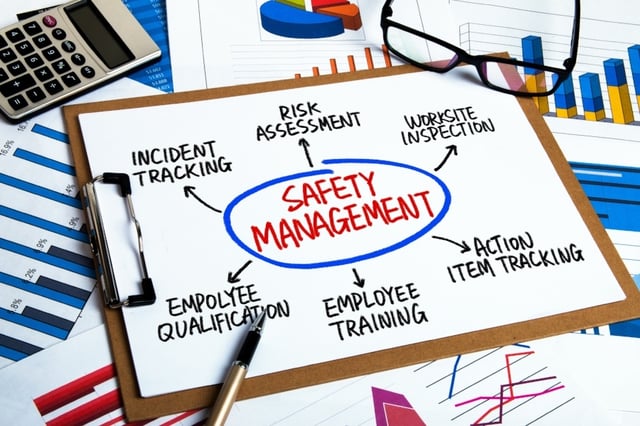
Your company's success hinges upon your ability to ensure that your customers receive prompt personal service from your sales representatives and service technicians. If your sales and service staff drive fleet vehicles on a regular basis, you can help ensure prompt service by developing an effective fleet safety program.Below are seven best practices to help you design a stellar fleet safety program:
1) Incorporate online learning into your feet safety training program
Designing a safety program that is interesting, engaging, and relevant to drivers is essential to ensuring that drivers are active participants in safety initiatives. Fortunately, achieving these goals is much easier for today's safety managers due to the availability of online training platforms. Here are a few benefits of using an online learning platform to introduce fleet safety practices:
- Online safety programs are well-received by younger workers, who welcome technology and are more apt to practice unsafe behaviors
- Companies will save money on printing costs and other tangible training materials because safety training occurs online
- Online learning programs allow drivers and new employees to learn about safety anytime from any location
- Drivers can learn safety precautions at their own pace by participating in online learning
2) Clearly outline crash and accident reporting procedures
Returning to the road quickly after repair work is completed is a top goal for fleet managers and drivers alike. Make sure that drivers have a step by step plan to follow if they are involved in an accident or if vehicle repairs are required. In addition to covering the required steps during training, make sure that drivers can easily download the information from their mobile devices and keep a hard copy of the steps in the vehicle for easy access.
3) Make sure drivers are aware of restrictions on fleet vehicle use
Companies vary widely in terms of the restrictions they impose on fleet vehicle use. For instance, some companies permit employees to drive fleet vehicles for non-work related purposes. In these cases it is particularly important to emphasize adherence to safety guidelines and to specify any circumstances under which the driver is fully responsible for vehicle damage.
4) Instruct drivers to treat vehicles with care
Drivers should be treated as the first line of defense when reviewing safety protocol. Drivers should be trained to operate vehicles properly and to keep them clean. Additionally, drivers should be trained to monitor the following:
- The functionality of windshield wipers, car horn, steering, and locks
- The car's overall drivability, including general handling and idling
- The vehicle's exterior condition
One of the best ways to bolster compliance with fleet safety initiatives is to develop an incentive program that rewards employees for adhering to safety regulations and keeping a clean, well-maintained vehicle. Managers can optimize the effectiveness of a rewards program by recognizing top safety performers on company leader boards and offering tangible incentives for top drivers.
6) Hold drivers accountable for failure to comply with fleet safety procedures
In an ideal world, every driver of a fleet vehicle will adhere to fleet safety guidelines. However, you cannot plan on this luxury and must be prepared to hold employees accountable for their failure to follow safety protocol. Warnings and penalties should be clearly outlined and documented, and violators should be penalized accordingly.
7) Maintain a continued focus on safety records
Fleet safety training should not occur in a vacuum. Safety training should be an ongoing process to ensure that drivers adhere to best practices and strive to stay abreast of vehicle changes. Safety should receive regular attention and be thoroughly integrated into a company's work culture.
What is the single best way to improve your fleet safety program?
Clearly, there are many steps you can take to enhance your fleet safety program. However, the single best step you can take to improve fleet safety is to enlist the guidance of a leader in the fleet management industry.
Also keep in mind some of the more successful ways to improve are creating driver recognition programs, a safety incentive program, and offering monetary incentives.
We invite you to contact us to find out how we can help you develop effective and engaging fleet safety initiatives. We look forward to becoming your trusted resource for fleet management!







